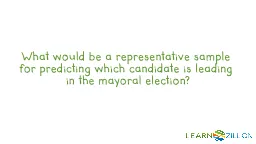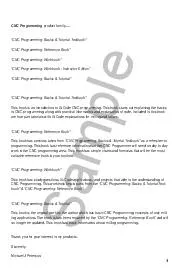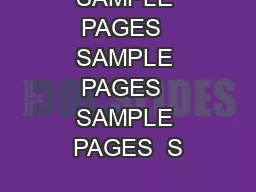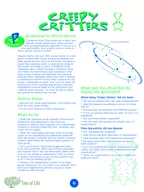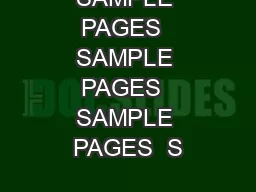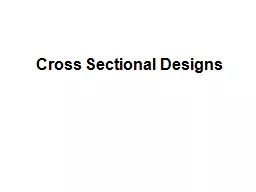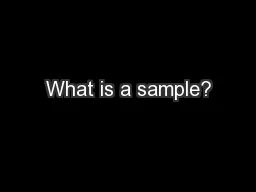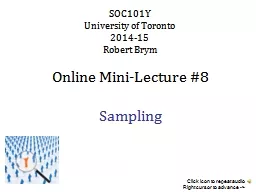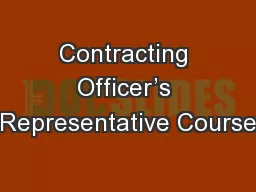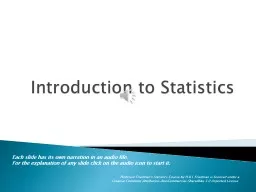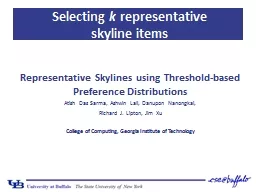PPT-What would be a representative sample
Author : giovanna-bartolotta | Published Date : 2017-12-14
for predicting which candidate is leading in the mayoral election In this lesson you will learn how to generate a representative sample by identifying types
Presentation Embed Code
Download Presentation
Download Presentation The PPT/PDF document "What would be a representative sample" is the property of its rightful owner. Permission is granted to download and print the materials on this website for personal, non-commercial use only, and to display it on your personal computer provided you do not modify the materials and that you retain all copyright notices contained in the materials. By downloading content from our website, you accept the terms of this agreement.
What would be a representative sample: Transcript
Download Rules Of Document
"What would be a representative sample"The content belongs to its owner. You may download and print it for personal use, without modification, and keep all copyright notices. By downloading, you agree to these terms.
Related Documents

